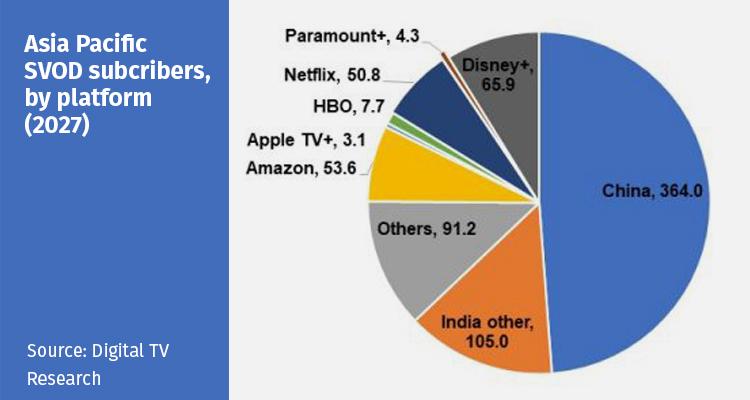Asia-Pacific markets opened mixed on Tuesday as investors remained cautious ahead of key updates from ongoing U.S.-China trade negotiations. Market participants are closely monitoring developments in the talks, which hold significant implications for global economic growth and trade dynamics. With uncertainty lingering, traders are balancing optimism over potential progress with concerns about persistent geopolitical and economic challenges.
Asia-Pacific Markets Show Mixed Performance Amid Trade Talk Uncertainty
Investors across Asia-Pacific displayed cautious optimism today as markets delivered a mixed bag of results amid ongoing uncertainty surrounding the upcoming U.S.-China trade negotiations. While some indexes edged higher, driven by gains in technology and consumer discretionary stocks, others faltered under pressure from persistent geopolitical tensions and volatile commodity prices. Key markets like Tokyo and Sydney saw modest advances, while Hong Kong and Shanghai struggled to maintain momentum. Traders are weighing the potential impact of tariff adjustments, with many opting for a wait-and-see approach ahead of official announcements.
Market watchers are keeping a close eye on several factors shaping investor sentiment:
- Trade negotiation updates: Limited information has kept market optimism in check.
- Corporate earnings reports: Mixed results from key regional players contributed to the uneven performance.
- Currency fluctuations: The yen’s slight appreciation provided safe-haven appeal amid uncertainty.
- Commodity trends: Oil and metals prices remained volatile, influencing resource-heavy indices.
| Market | Today’s Change | Key Sector Highlight |
|---|---|---|
| Tokyo (Nikkei 225) | +0.5% | Technology |
| Hong Kong (Hang Seng) | -0.8% | Financials |
| Sydney (ASX 200) | +0.3% | Consumer Discretionary |
| Shanghai (SSE Composite) | -0.6% | Industrials |
Investors Eye Key Indicators as U.S. and China Prepare for Negotiation Details
Markets across the Asia-Pacific region demonstrated a cautious tone as investors closely monitor a range of economic indicators ahead of anticipated announcements on U.S.-China trade negotiations. While some sectors showed resilience, uncertainty surrounding the potential outcomes kept trading volumes subdued. Key data points such as manufacturing output, export-import balances, and currency movements are being dissected to gauge the possible impact of upcoming talks, reflecting an atmosphere of strategic positioning rather than speculative momentum.
Analysts highlight several crucial indicators shaping investor sentiment:
- Fluctuations in commodity prices, particularly metals and oil, signaling broader demand expectations
- Volatility in the Chinese yuan versus the U.S. dollar, suggesting shifts in capital flows
- Changes in purchasing managers’ indices (PMIs) across major Asian economies hinting at supply chain stability
- Trade balance figures influenced by pre-negotiation stockpiling or slowdown
| Indicator | Recent Trend | Investor Interpretation |
|---|---|---|
| Metal Prices | Down 1.5% week-on-week | Concerns over reduced industrial demand |
| Chinese Yuan | Stable against USD | Market expects cautious capital inflows |
| PMI | 50.2 (slight expansion) | Mixed signals on economic momentum |
| Trade Balance | Surplus narrowed by 3% | Potential pre-negotiation adjustments |
Strategies for Navigating Volatile Markets During Trade Discussions
In the face of uncertain policy shifts and fluctuating trade sentiments, investors are advised to maintain a diversified portfolio to mitigate risks. Allocating assets across different sectors and geographic regions can provide a buffer against sudden market swings induced by unpredictable announcements. Additionally, maintaining a focus on companies with strong fundamentals and robust cash flows often proves advantageous, as these entities tend to be more resilient during periods of heightened volatility.
Key approaches to trading amid current uncertainties include:
- Utilizing stop-loss orders to protect gains or limit losses as market sentiment shifts.
- Monitoring geopolitical developments closely for any subtle shifts that could signal breakthrough or breakdown in negotiations.
- Prioritizing short- to medium-term trades to capitalize on market momentum while minimizing exposure to prolonged uncertainty.
| Strategy | Benefit | Risk Level |
|---|---|---|
| Diversification | Reduces impact of volatility | Low |
| Stop-Loss Orders | Limits losses automatically | Medium |
| Focused Monitoring | Informed decision making | Low |
| Short-Term Trades | Capitalizes on momentum | High |
Final Thoughts
As Asia-Pacific markets closed with mixed results, investors remain cautious ahead of forthcoming details from the latest U.S.-China trade negotiations. Market participants continue to monitor developments closely, aware that any new announcements could significantly impact global trade dynamics and investor sentiment in the days ahead. CNBC will continue to provide timely updates as the situation evolves.




